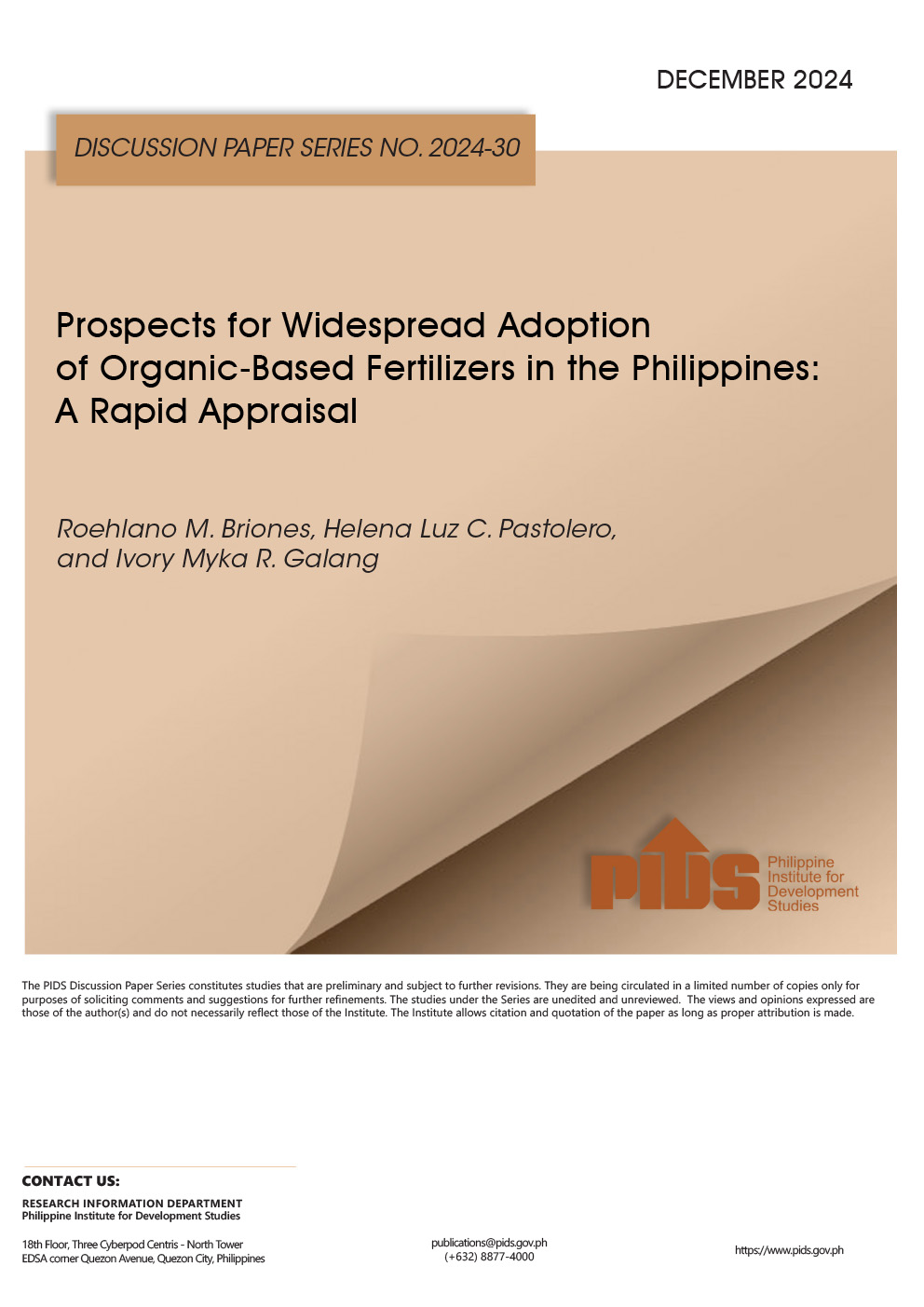A senior research fellow at the Philippine Institute for Development Studies warned that the price cap could be bad for consumers as it may lead to shortage, adulterated rice or reclassification of rice grades.
The price cap on rice approved by President Marcos may help curb rising costs, but it is also seen to have detrimental effects on farmers due to lower farmgate prices, as well as on consumers as this may further limit the supply of the food staple, according to industry players.
Through Executive Order 39, the President approved the recommendation to set price ceilings nationwide on rice – P41 for regular milled and P45 for well-milled rice – amid the hefty increase in retail prices in the market.
Based on the Department of Agriculture (DA)’s monitoring in Metro Manila markets as of Friday, Sept. 1, retail prices of local well-milled rice ranged between P47-P57 per kilo, and P42-P55 per kilo for local regular milled.
For imported commercial rice, well-milled was at P43-P52 per kilo while imported regular milled rice was not available in markets.
Compared to last month, local well-milled rice was only around P41-P49 a kilo and regular milled at P37-44 per kilo, while imported well-milled rice ranged between P44-48 per kilo.
While this may control retail prices now, the mandated price ceiling – even if well enforced – will have other effects, Philippine Institute for Development Studies senior research fellow Roehlano Briones said.
“It will also be bad for consumers because it will lead to shortage, adulterated rice, reclassification of rice grades, etc. Also, farmgate prices will be kept from increasing,” he said.
The price cap comes at a time when rice farmers are about to harvest their wet season crops, which is usually done in September to December.
Rice prices – both at the farmgate and retail level – drastically rose in early August following the impact of the storm damage in late July, Rizal Commercial Banking Corp. chief economist Michael Ricafort said.
The farmgate price of palay has soared to as high as P30-34 per kilo, he said.
Broken promise
President Marcos should not give Filipinos another false hope just like his “broken campaign promise” of P20 per kilo of rice, watchdog group Bantay Bigas said on Friday after the imposition of a price ceiling on the staple grains.
“First, he should not give illusion to the Filipino people just like when he promised the P20 per kilo of rice. He should not target the small retailers and instead go after the big private traders and hoarders who manipulate the prices of rice in the markets,” Bantay Bigas spokesperson Cathy Estavillo told The Philippine STAR/OneNews.ph.
She added that Marcos’ original promise was to bring down the retail prices of the staple food to P20 per kilo and not P41 and P45 per kilo for regular and well-milled rice, respectively.
According to Estavillo, a family consumes at least two kilos of rice daily, representing 13 percent of the P610 minimum wage.
For the Makabayan bloc, Marcos’ order for a price ceiling on rice is only intended to cover his unfilled campaign promise to bring down rice prices.
“He said he will bring down the price of rice per kilo to P20. It will primarily hurt small retailers who are merely at the receiving end of rice and farmgate prices due to costlier production inputs, but may do very little to curb hoarding and price manipulation by rice importers and syndicates,” Gabriela Women’s party-list Rep. Arlene Brosas noted.
ACT Teachers party-list Rep. France Castro, for her part, said the EO is meant to make the administration look good amid rising costs of commodities in the country. “He (Marcos) should have acted on the spiraling prices of rice so maybe, this EO is intended only to pacify the people,” she added.
Kabataan party-list Rep. Raoul Manuel said the Rice Swimming Law only resulted in the influx of imported rice, which has been detrimental to local farmers.
For his part, farmers group’ Samahang Industriya ng Agrikultura executive director Jayson Cainglet backed the issuance of EO 39.
“We laud the President for issuing EO 39, mandating a price ceiling for rice. There is no reason for any price increase these past weeks as there is no rice shortage in the country,” Cainglet said.
Still high
Farmers’ group Kilusang Magbubukid ng Pilipinas (KMP) said the P41 and P45 price ceiling on regular and well-milled rice is already delayed and still high amid the spike in the cost of the grains.
“Assuming that the trader bought the palay at P22 per kilo, if you add the cost, including the milling, hauling, you multiply that at 70 percent, the total additional cost will be P15.40 and add the P22 (per kilo farmgate price), the retail price for well-milled rice is only P37.40 and not P45 (per kilo),” KMP chairman Danilo Ramos said, noting that the difference is still P7.60 per kilo.
“It is for this reason that we believe that the EO 39 is still delayed and second, the price ceiling is still high,” Ramos added. – with additional reports from Bella Cariaso, Sheila Crisostomo












